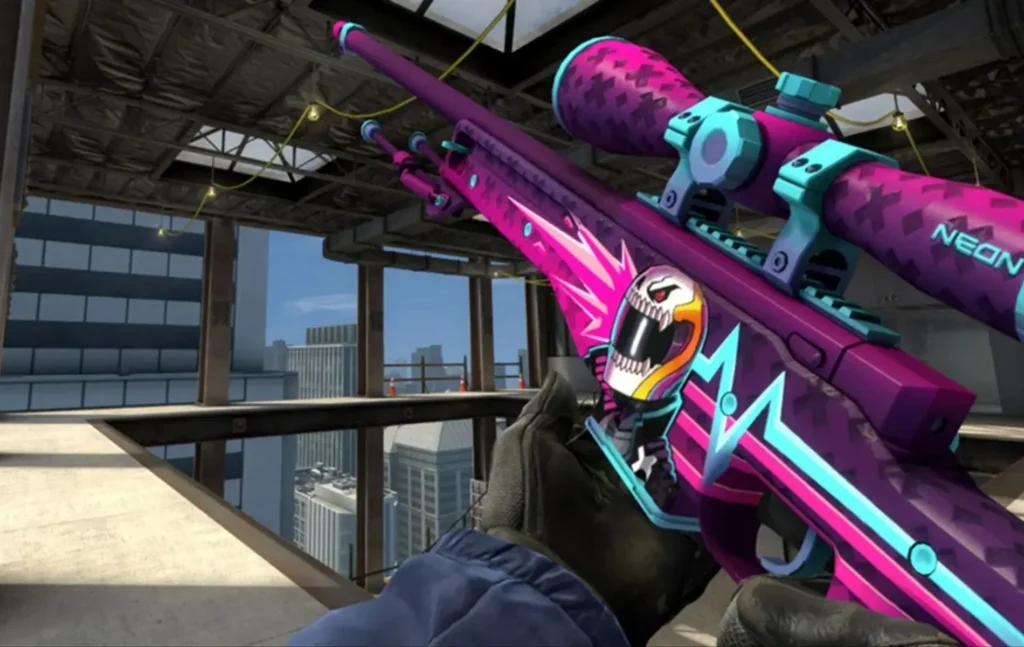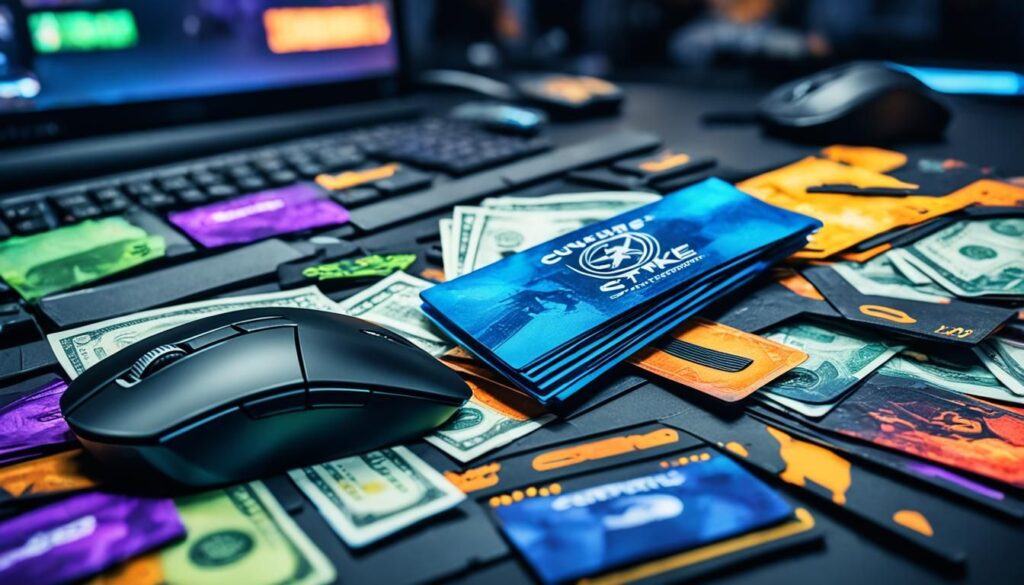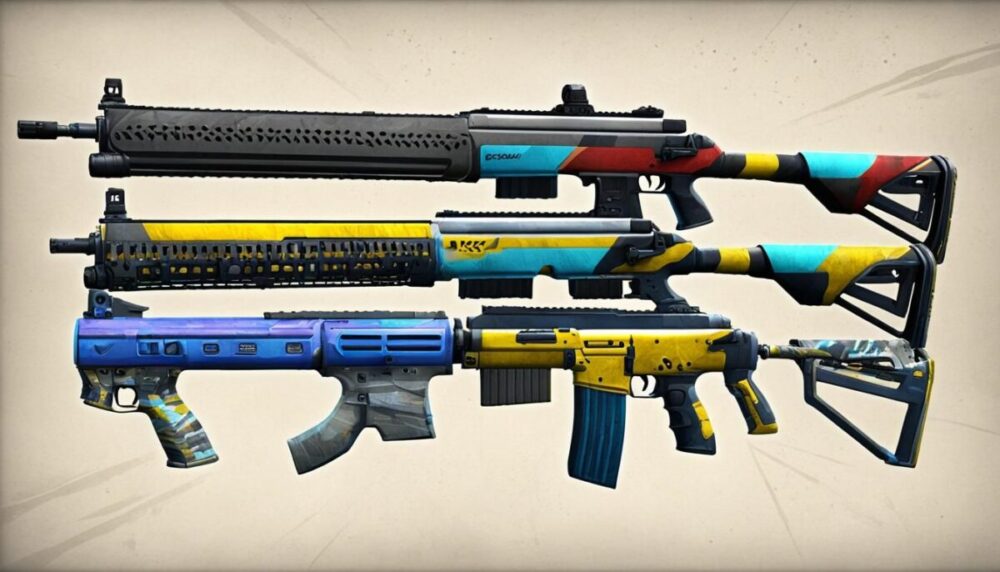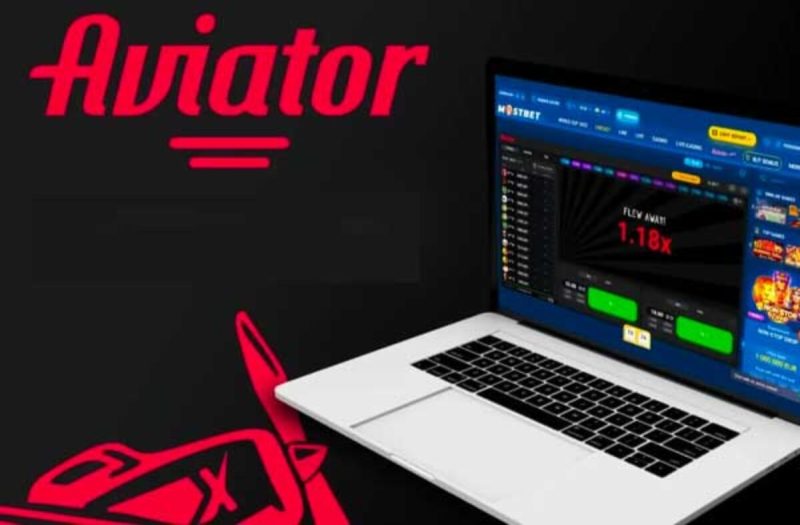In a world where passion meets potential, the realm of gaming has opened doors that few could have envisioned just a decade ago. For many, the question lingers: Can You Really Make Money from Custom Skins in CS? Here lies a canvas where creativity flourishes, and what began as a simple way to personalize a digital avatar has transformed into a thriving economic avenue. As players immerse themselves in Counter-Strike, the allure of crafting unique Counter-Strike Skins transforms artistic flair into coveted digital collectibles. The journey of gaming monetization not only allows players to express individuality but also encourages them to explore business opportunities, inviting those who dare to think beyond the screen.
Key Takeaways
- The rise of custom skins has revolutionized gaming monetization.
- Players can profit from their creativity by designing Counter-Strike Skins.
- Digital collectibles have become a significant aspect of the gaming economy.
- The Arms Deal update marks a crucial moment in virtual asset trading.
- Engaging in skin creation can lead to both enjoyment and financial gain.
- Understanding market demand is vital for successful skin design.
The Evolution of Counter-Strike Cosmetics and Gaming Monetization

The journey of Counter-Strike skins has significantly transformed the landscape of gaming monetization. This evolution began with the Arms Deal Update, which introduced a groundbreaking concept: the ability for players to acquire, trade, and monetize cosmetic items. This pivotal update sparked increased community engagement while motivating designers to create unique skins that appeal to players.
The evolution of Counter-Strike skins and gaming monetization has been significantly impacted by platforms like Alive Games, which provide powerful tools for user-generated content and enable both players and studios to create, personalize, and monetize custom skins
The Arms Deal Update and Its Impact on the Community
The Arms Deal Update was a defining moment for Counter-Strike, bringing a slew of changes that allowed players to explore the world of cosmetic items. By enabling the trading of Counter-Strike skins, it fostered a new marketplace where players could buy, sell, and exchange their digital assets. This update not only enhanced the gaming experience but also cultivated a sense of ownership among players, empowering them to invest in their gaming identities.
The Rise of Skin Creators and Virtual Asset Trading
As interest in Counter-Strike skins grew, so did the role of skin creators. These talented individuals began to populate the virtual asset trading space, designing innovative skins that captured the imagination of the gaming community. With platforms dedicated to trading and selling these digital collectibles, skin creators found a lucrative avenue for their creativity. This shift has established a vibrant economy driven by unique artistry and competitive spirit.
The Role of the Steam Workshop in Creating Opportunities
The Steam Workshop has played an instrumental role in enhancing the possibilities for skin creators. This platform allows users to upload their designs, which could potentially be included in official skin cases. By granting an opportunity to gain visibility and recognition, the Steam Workshop not only incentivizes creativity but also opens up new revenue streams for users. The intersection of these elements has led to a thriving community centered around Counter-Strike skins.
Can You Really Make Money from Custom Skins in CS?
The financial landscape for creators of custom skins in Counter-Strike has gained considerable attention. With the right blend of creativity and market awareness, skin creators can indeed find lucrative opportunities within this virtual economy.
Understanding the Earnings of Skin Creators
Creators of custom skins can experience varying financial outcomes. Some manage to earn significant sums, especially if their skins gain traction within the gaming community. Reports suggest that successful cosmetics can generate earnings that reach around $420,000. This potential demonstrates how much impact a well-received design can have in the marketplace.
The Revenue Sharing Model Proposed by Valve
Valve’s revenue sharing model plays a crucial role in determining the financial rewards for skin creators. Under this system, a percentage of the sales proceeds from skins goes directly to the creators. This structure encourages innovation while allowing creators to benefit from their popularity. Understanding this model is vital for anyone looking to break into skin creation as it sets the foundation for earnings.
The Impact of Skin Popularity and Case Releases on Earnings

Skin popularity is a driving force behind potential earnings for creators. High demand for specific designs can lead to increased sales, generating significant revenue. The timing of case releases also affects how much creators can earn. New cases often spur excitement and engagement within the community, creating opportunities for creators to enhance their visibility and increase sales of their skins.
| Skin Type | Potential Earnings | Popularity Factor | Case Release Impact |
| Standard Skins | $1,000 – $10,000 | Moderate | Low |
| Rare Skins | $10,000 – $420,000 | High | Medium |
| Community Favorites | $5,000 – $100,000 | Very High | High |
| Exclusive Event Skins | $15,000+ | Exclusive | Very High |
Conclusion
In the dynamic landscape of CS gaming, the story surrounding custom skins has evolved significantly, presenting both opportunities and challenges for those interested in making money through gaming monetization. While the potential for profit exists, particularly through creativity and skill in designing appealing skins, success is not guaranteed. Market understanding and adaptation to trends play a crucial role in navigating this vibrant ecosystem.
The journey from concept to profitable creation involves engaging with platforms like the Steam Workshop and recognizing the impact of skin popularity and case releases. Aspiring skin creators and traders must cultivate a deep understanding of the marketplace in order to thrive. The willingness to innovate and connect with the community can also pave the way for lucrative opportunities in this realm.
Ultimately, the world of custom cosmetics in CS is not merely about designing vibrant graphics; it’s about crafting a unique narrative that resonates with players. With the right approach, those looking to explore gaming monetization through virtual collectibles can find success and satisfaction in an exciting new venture.
FAQ
Can I really make money from custom skins in Counter-Strike?
Yes, there is potential to earn money by creating and selling custom skins in Counter-Strike. The success of your designs depends on creativity, market trends, and community engagement.
How does the Arms Deal update impact the skin market?
The Arms Deal update introduced players to the concept of trading in-game cosmetics, laying the foundation for a vibrant marketplace where players can monetize their designs.
What is the role of skin creators?
Skin creators design unique cosmetics that can be valued in the marketplace. Their work contributes significantly to the variety and desirability of available skins, making them integral to the gaming economy.
How can the Steam Workshop help aspiring skin designers?
The Steam Workshop allows players to upload their custom skin designs for potential inclusion in official skins, incentivizing creativity and creating new revenue opportunities.
How much can skin creators potentially earn?
Successful skin creators can earn substantial income, with some reporting earnings in the range of $420,000 for well-received designs, particularly those associated with popular cases.
What is Valve’s revenue-sharing model?
Valve employs a revenue-sharing model that dictates how much of the sales from skins goes to creators. This model accounts for various market dynamics and sales fluctuations.





